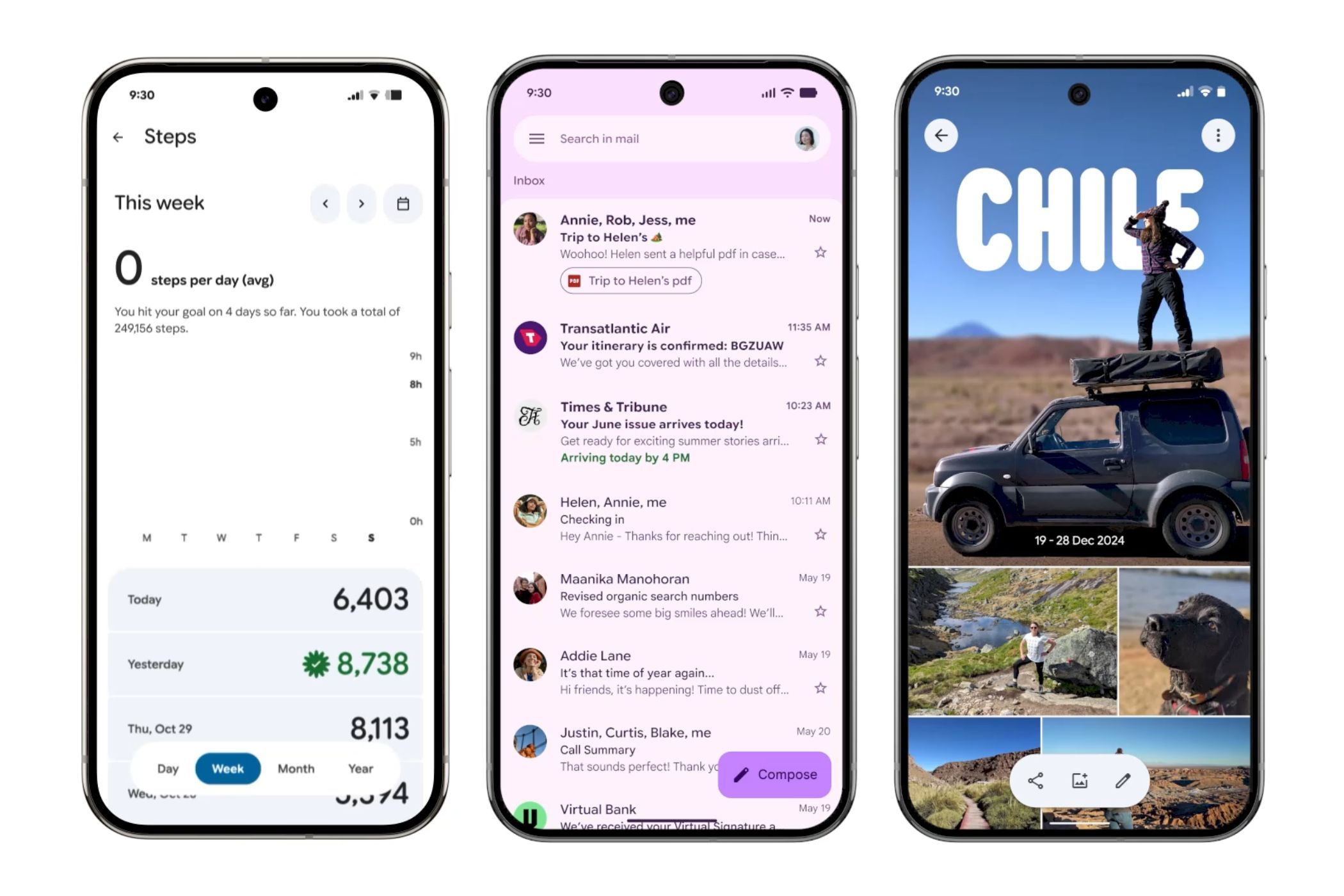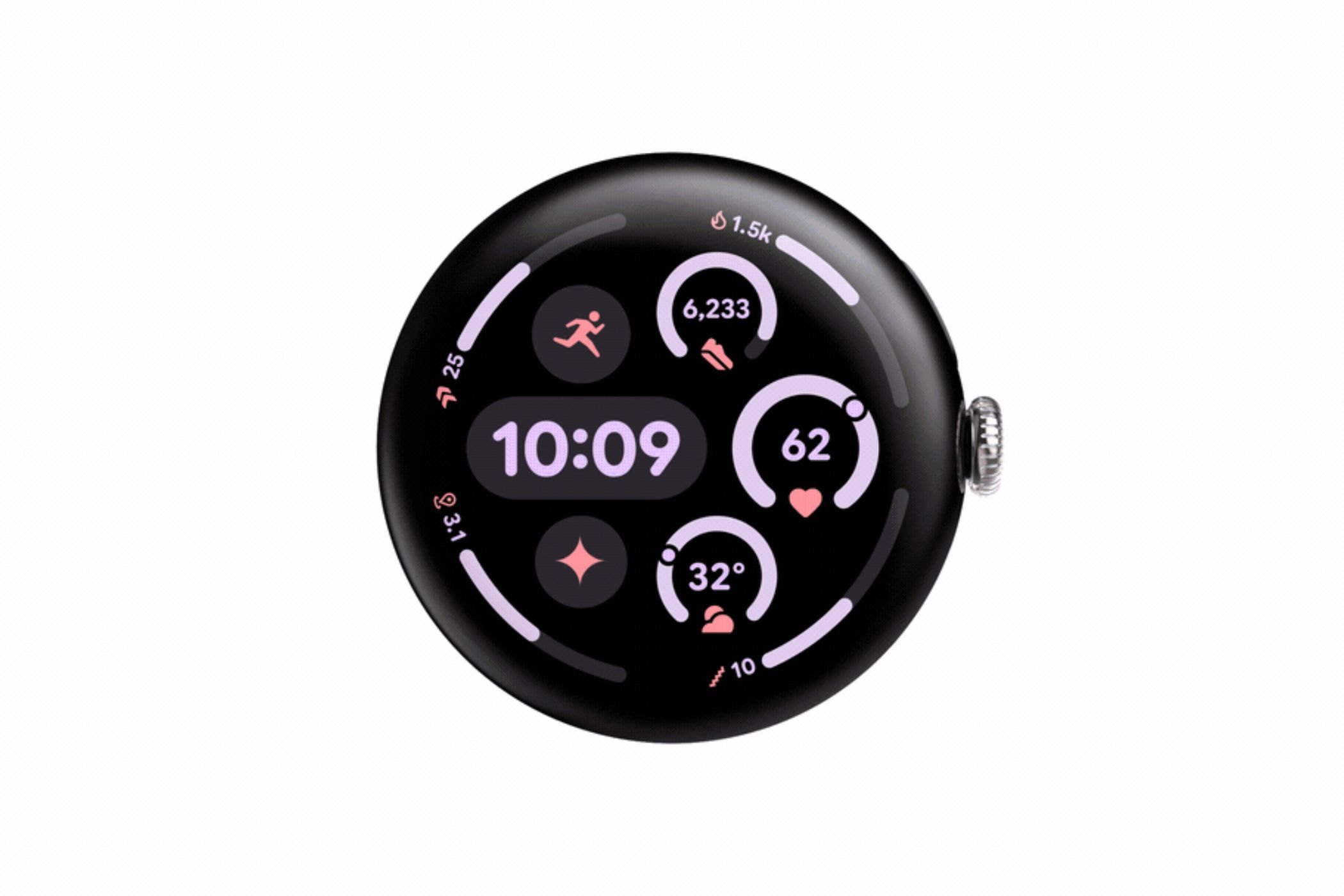I’m going to be honest—I haven’t felt genuinely excited about an Android update in years. The last time I actually got that feeling of anticipation was the Material You redesign in 2021. But after that? It’s been a series of incremental improvements that, while nice, didn’t really move the needle. That changed when Google pulled back the curtain on Material 3 Expressive.
Material You’s idea of personalized themes and dynamic color changes was fresh, and it brought a layer of visual cohesion that Android desperately needed. When I saw Material 3 Expressive, I felt that old spark come back. It’s not just another design refresh—it’s a bold, playful, and genuinely interactive design that seems to breathe life back into Android. And honestly? I haven’t felt this kind of excitement since Material You.
Why Android Needed a Bold New Direction
The past few years of Android design have been solid, but safe. Material You introduced dynamic theming and a sense of personalization, but Google played it conservative after that. Android 13, 14, and 15 felt more like patches than actual overhauls. They ironed out the kinks, smoothed the rough edges, but nothing really changed visually.
Material 3 Expressive changes that. Google’s official press release described it as one of their biggest updates in years, and for good reason. The design is alive. It’s fluid. When you dismiss a notification, it doesn’t just disappear—it triggers a cascading effect that subtly nudges the ones next to it, almost like a ripple in water. Swipe away an app from the recent apps screen, and you get this springy, bouncy animation paired with a satisfying haptic rumble. It’s playful, but more importantly, it’s expressive (hence the name).
For the first time in years, it feels like Android wants you to feel what you’re doing, not just see it. That’s something I didn’t realize I missed until I saw it in action.
The Little Things That Make a Big Difference
What really got me, though, are the small details. Material 3 Expressive isn’t just about big, bold shapes and fancy animations—it’s about the little things that make everyday use feel more tactile and responsive.
Take the volume slider, for example. In Material You, it was a basic slide up or down. It got the job done, but it felt flat. In Material 3 Expressive, the slider moves with this elastic springiness that just feels good. And when you pull down the notification shade? There’s a subtle blur effect in the background that gives the whole thing a sense of depth. It’s not just a flat window anymore—it feels layered, like you’re looking through frosted glass at your app drawer.
These are small touches, I know. But they add up. They make your phone feel more polished, more premium. It’s the kind of stuff that iOS has done well for years, and I’m thrilled to see Google finally paying attention to it.
It’s Not Just About Phones—Wear OS Finally Feels Cohesive
Another reason I’m excited is that Google didn’t just stop at phones. Wear OS is also getting the same level of design love. During The Android Show, Google showed off how Material 3 Expressive works on Wear OS 6, and it looks incredible.
Scrolling through lists now has a sense of depth, with elements softly sliding away instead of abruptly cutting off. There’s even color theming that matches your watch face to the overall system theme, creating this seamless aesthetic that just wasn’t there before.
And it’s not just eye candy—Google claims a 10% boost in battery life with this update. That’s huge for Wear OS.
But… Is It Just a Pixel Thing?
Here’s the one thing that tempers my excitement a bit. As great as Material 3 Expressive looks, we have to be real—most Android users won’t see it. Samsung has One UI, Nothing has NothingOS, OnePlus has OxygenOS, and so on, with their signature UI and UX. These skins overwrite whatever Google cooks up, and it’s been that way for years.
That sucks, because this is genuinely the most interesting Android has looked in years, and the fact that it might only be fully realized on Pixel devices is a bit of a letdown.
On a side note, the first stable release of Android 16 won’t even include this new design overhaul. Google has confirmed that Material 3 Expressive is coming later this year, which makes it pretty obvious they want to showcase it with the upcoming Pixel 10 series.
For the first time since Material You, I’m actually counting down the days to an Android update. And with my Pixel 8, I’m right at the front of the line to experience it. I haven’t felt this kind of anticipation in years, and it’s damn good to have it back.







